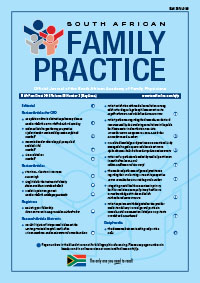Paediatric pain management
Keywords:
analgesic, paediatric pain, NSAID, opioid, non-opioid, paracetamol, ibuprofen
Abstract
Pain is defined by the International Association for the Study of Pain (IASP) as an “unpleasant sensory and emotional experience, associated with actual or potential tissue damage or described in terms of such damage”. It can be steady, throbbing, stabbing, aching, pinching or described in many other ways as being either acute or chronic pain. This pain definition can be applied to any patient, regardless of his/her age; however, paediatric pain expression is dependent on the child’s level of cognitive development and sociocultural background. Children older than four years of age can usually talk about their pain; at the age of six to eight years they can use the visual analogue pain (VAP) scale in the same manner as adults. Nevertheless, their capacity to describe pain increases with age and changes throughout their developmental stages. This article provides an overview of paediatric pain management.
Section
Review Articles
By submitting manuscripts to SAFP, authors of original articles are assigning copyright to the South African Academy of Family Physicians. Copyright of review articles are assigned to the Publisher, Medpharm Publications (Pty) Ltd, unless otherwise specified. Authors may use their own work after publication without written permission, provided they acknowledge the original source. Individuals and academic institutions may freely copy and distribute articles published in SAFP for educational and research purposes without obtaining permission.

